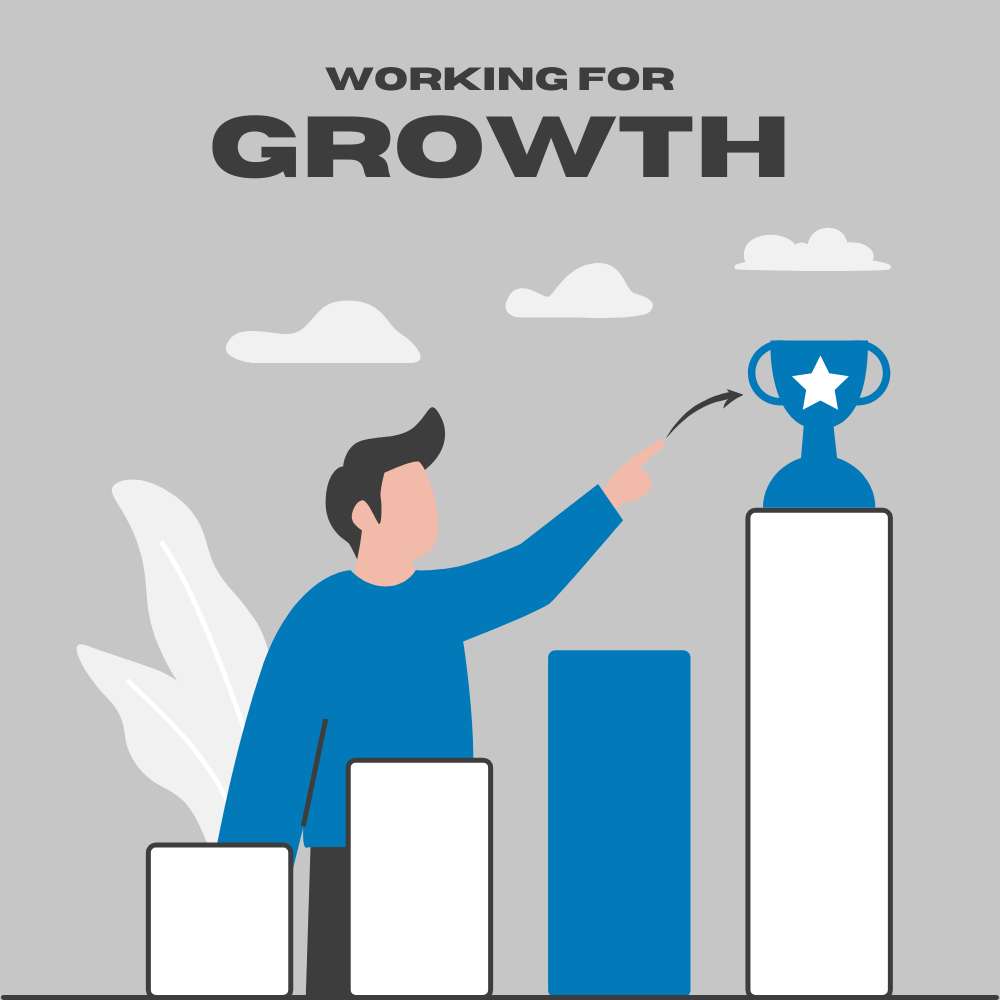
SEO vs. Paid Advertising: Which is Right for Your Business?
When it comes to digital marketing, businesses often face a crucial decision: invest in SEO or paid advertising? Both strategies can drive traffic and increase visibility, but understanding their differences is key to making the right choice for your business.
SEO: Long-Term Organic Growth
SEO (Search Engine Optimization) is the process of improving your website’s visibility in organic search results. By optimizing your content, improving site structure, and building backlinks, SEO helps your business rank higher on search engines like Google.
Pros of SEO:
- Cost-Effective: Unlike paid ads, organic traffic doesn’t require ongoing spending.
- Long-Lasting Results: A well-optimized website can sustain rankings for months or years.
- Builds Credibility: Users tend to trust organic search results more than ads.
Cons of SEO:
- Takes Time: SEO is a long-term strategy and requires patience.
- Constant Updates: Google’s algorithms frequently change, requiring ongoing optimization.
Paid Advertising: Immediate Results
Paid advertising (PPC) involves running Google Ads, Facebook Ads, and other digital campaigns to quickly attract targeted traffic.
Pros of Paid Advertising:
- Fast Results: Ads can generate leads and sales immediately.
- Highly Targeted: Reach specific audiences based on location, interests, and behavior.
- Scalable: Increase or decrease your budget as needed.
Cons of Paid Advertising:
- Ongoing Costs: Once you stop paying, the traffic stops.
- Competitive & Expensive: Popular keywords can be costly to bid on.
Which One Should You Choose?
The best approach depends on your business goals and budget. If you need immediate results and have the budget, paid advertising is a great choice. If you prefer long-term, sustainable growth, investing in SEO is the better route. Many businesses use both strategies together to maximize their online presence.
How to Optimize Your Google Business Profile for Better Local Rankings
If you want your business to rank higher in local searches, optimizing your Google Business Profile (GBP) is essential. A well-optimized profile helps customers find your business and boosts your credibility in local search results.
Step 1: Claim and Verify Your Profile
Go to Google Business Profile and claim your listing if you haven’t already. Google will send a verification code to confirm your business location.
Step 2: Provide Accurate Business Information
Make sure your business name, address, and phone number (NAP) are consistent across all platforms. Add your website, business hours, and service areas to give customers complete information.
Step 3: Choose the Right Business Categories
Selecting the most relevant primary and secondary categories helps Google understand what your business offers, improving your search ranking.
Step 4: Add High-Quality Photos and Videos
Businesses with images receive 42% more requests for directions and 35% more website clicks than those without. Upload professional photos of your storefront, products, and team.
Step 5: Get and Respond to Reviews
Encourage satisfied customers to leave positive reviews and respond to all reviews—both good and bad. Engagement shows Google that your business is active and trustworthy.
Step 6: Post Regular Updates and Offers
Use Google Posts to share promotions, events, and updates. This keeps your profile active and engaging for potential customers.
Step 7: Monitor Performance with Insights
Check your Google Business Profile Insights to see how customers find your business, where they come from, and what actions they take.
Optimizing your Google Business Profile improves local SEO, drives more foot traffic, and increases conversions—helping your business grow in your community!

